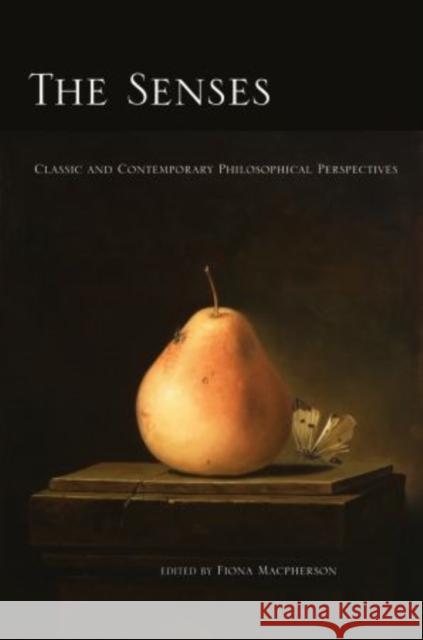The Senses: Classic and Contemporary Philosophical Perspectives » książka
The Senses: Classic and Contemporary Philosophical Perspectives
ISBN-13: 9780195385977 / Angielski / Twarda / 2011 / 432 str.
The senses, or sensory modalities, constitute the different ways we have of perceiving the world, such as seeing, hearing, touching, tasting and smelling. But how many senses are there? How many could there be? What makes the senses different? What interaction takes place between the senses? This book is a guide to thinking about these questions. Together with an extensive introduction to the topic, the book contains the key classic papers on this subject together with nine newly commissioned essays.
One reason that these questions are important is that we are receiving a huge influx of new information from the sciences that challenges some traditional philosophical views about the senses. This information needs to be incorporated into our view of the senses and perception. Can we do this whilst retaining our pre-existing concepts of the senses and of perception or do we need to revise our concepts? If they need to be revised, then in what way should that be done? Research in diverse areas, such as the nature of human perception, varieties of non-human animal perception, the interaction between different sensory modalities, perceptual disorders, and possible treatments for them, calls into question the platitude that there are five senses, as well as the pre-supposition that we know what we are counting when we count them as five (or more).
This book will serve as an inspiring introduction to the topic and as a basis from which further new research will grow.











